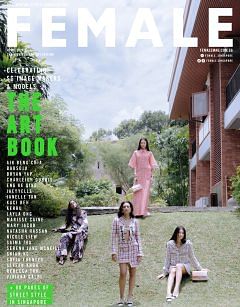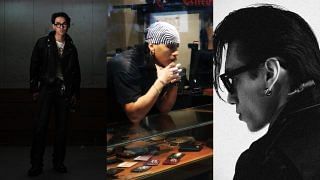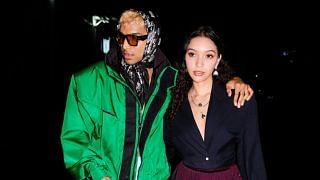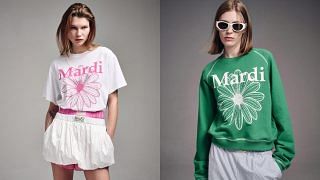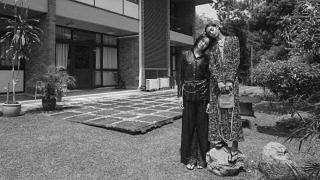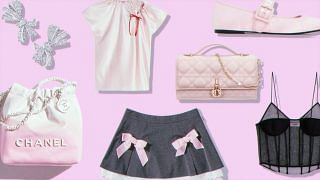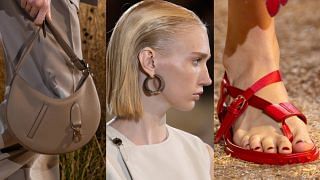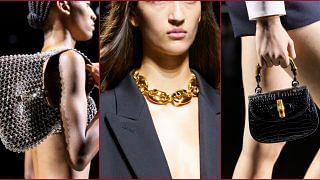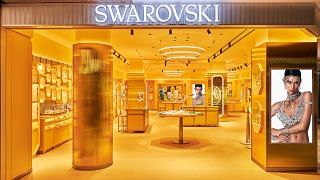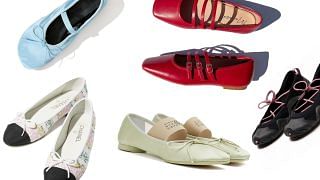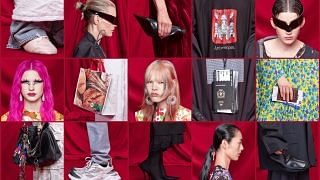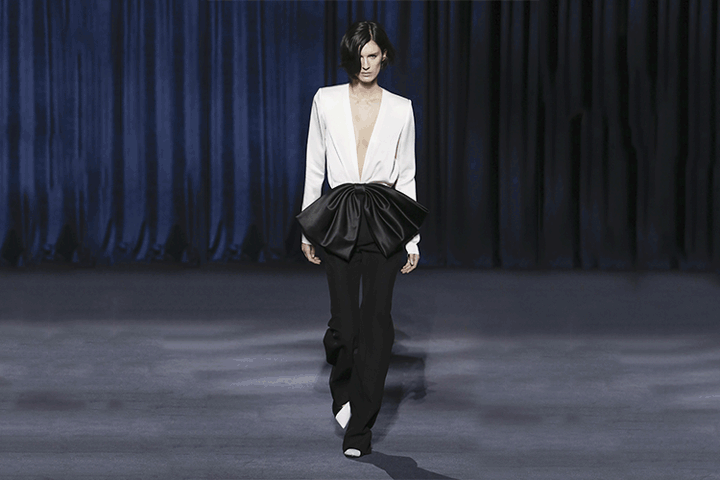
Described as the perfect marriage between fashion and film, and celebrated by fashion historians, and cinema critics alike, as the most memorable and greatest love affair between a fashion icon and a film star, Breakfast at Tiffany’s was the film that started it all.
Fade in: New York, 1961. The orchestral suite from legendary musical composer Henry Mancini’s Moon River begins to play – gently waking an otherwise sleepy early morning Fifth Avenue just as a yellow taxi pulls up to a curb. A young swanlike Audrey Hepburn quietly emerges and glides towards a storefront that is basking in the first rays of dawn. She stops to fish out her croissant from a to-go bag and takes a sip of her coffee – careful not to spill – before peering wistfully into the window of the said storefront. And just like that, cinema tropes – not to mention Halloween costumes and birthday themes – as we know it, are forever changed.
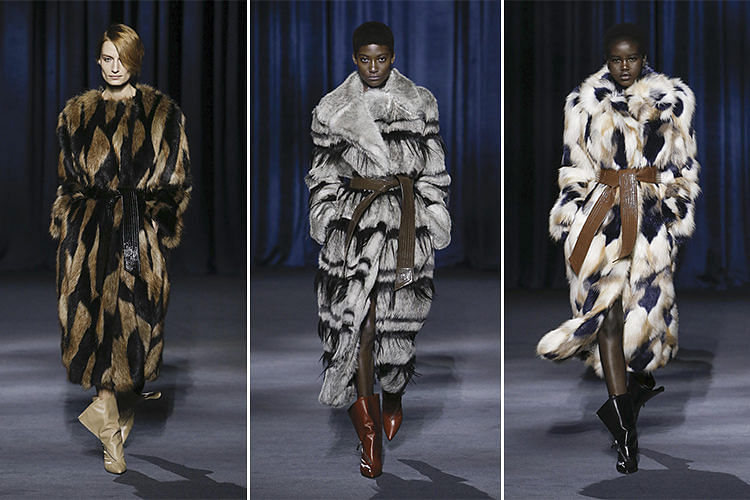
Cut to: Paris, 2018. In the heart of the Seine, traffic is at a standstill on an early Sunday morning. Outside the Palais de Justice, scurrying fashion editors and social media influencers battle peak hour weekend Parisian comings and goings; meandering through the hoards of street style photographers and screaming civilians before flashing their show invites – all desperate to get inside the Givenchy Autumn/Winter 2018 show. Inside the former palace, buyers and private clients chatter away at the front rows of Clare Waight Keller’s second collection for the storied House. The lights start to dim. And a hurried silence follows – a perfect contrast to Capote’s setting in Manhattan, but just as romantic and dreamy.
The next scene opens with a model – in the same dusky hair colouring as Audrey Hepburn’s character in Breakfast at Tiffany’s Holly Golightly – swathed in the most luxurious gold and black faux-fur coat that made the most satisfying rustle as it grazes against the model’s shin – a hemline and colour palette that fashion’s favourite fictional socialite was caught sporting in the opening of the said film.

And the rest of the looks that followed were just pure fashion fantasy. While the main inspirations for Waight Keller’s collection were Berlin, film noir and the Eighties (yes in that exact order), it was nothing Golightly wouldn’t wear in the film, two decades ago – as she played with her aptly named kitty Cat, or when she was trying to hail a taxi with her ever so dreamy love interest Fred, I mean Paul.
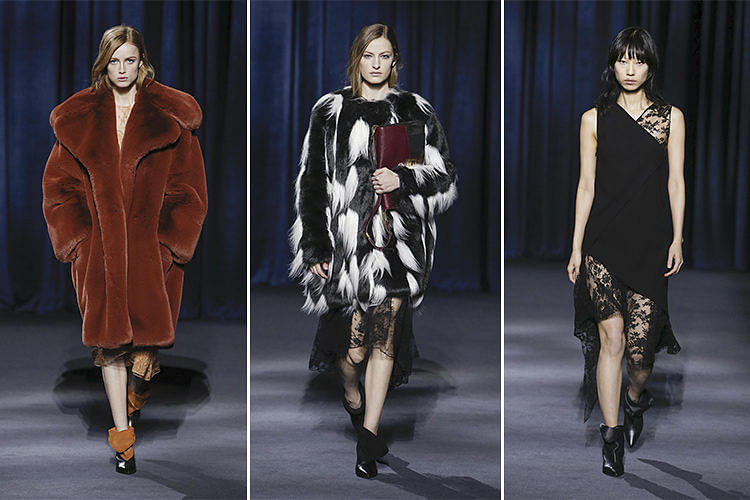
From the English designer’s impressive mastery of colours – largely monochromatic, with the addition of rich warm reds and clever splashes of green – and a relatively lean silhouette, it is really not hard to draw constant repeated references to Breakfast at Tiffany’s with the film’s cultural, historical and aesthetic significance. And not to mention the late couturier Givenchy’s own sartorial legacy that still resonates within the rarefied realm of fashion today.
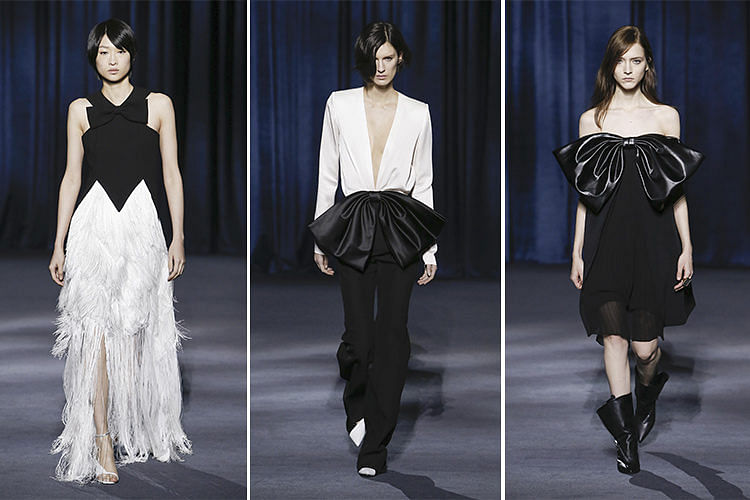
One look in particular: the undulating folds of a glossy oversized bow from a little black dress – yet another Givenchy invention, made famous by Audrey Hepburn – is so evocative of the clothes that the protagonist wore in the film that it would make a perfect addition to the sartorial repertoire of any ardent Hepburn-fan – to be worn during breakfast, or even on a holiday.
Images: Showbit.com
Like this? Check out the standout streetstyle looks from F/W ’18 that can be replicated in Singapore, the most amazing runway sets from the Fall Winter 2018 shows and the fashion peacocks were back at PFW 2018.
